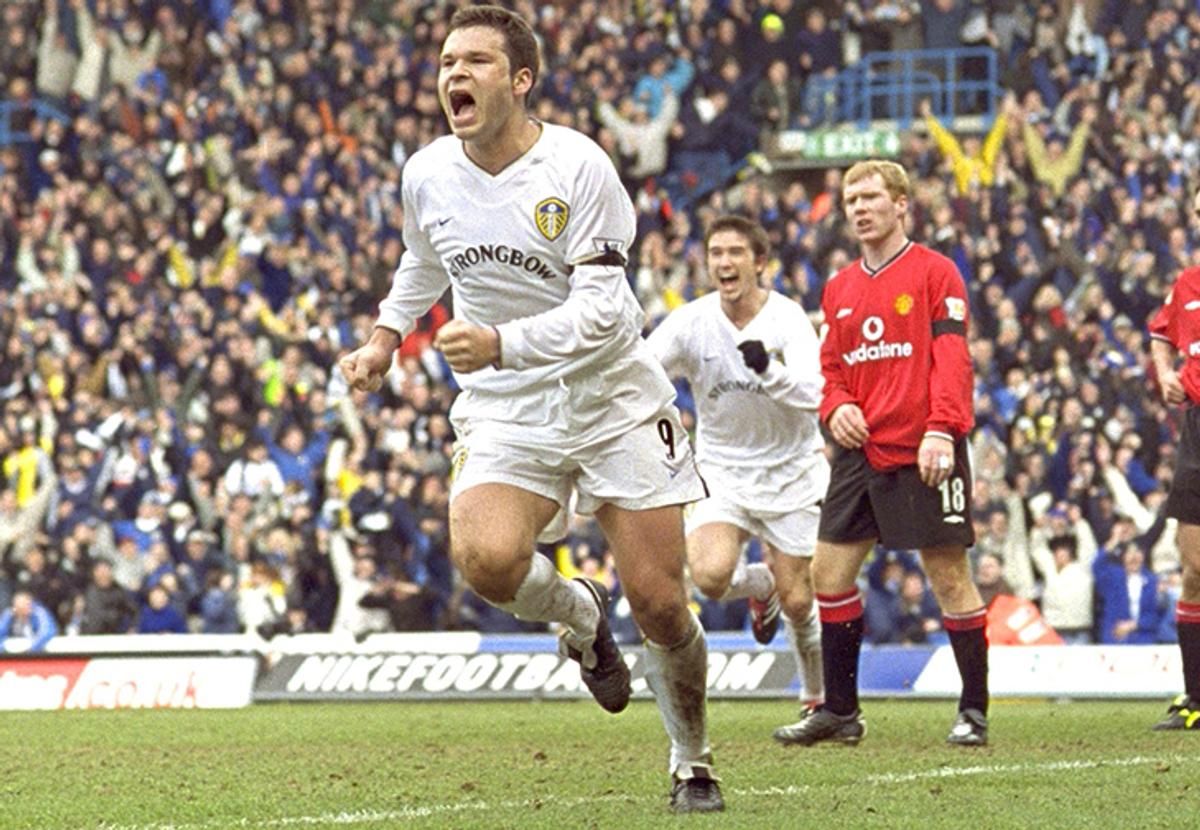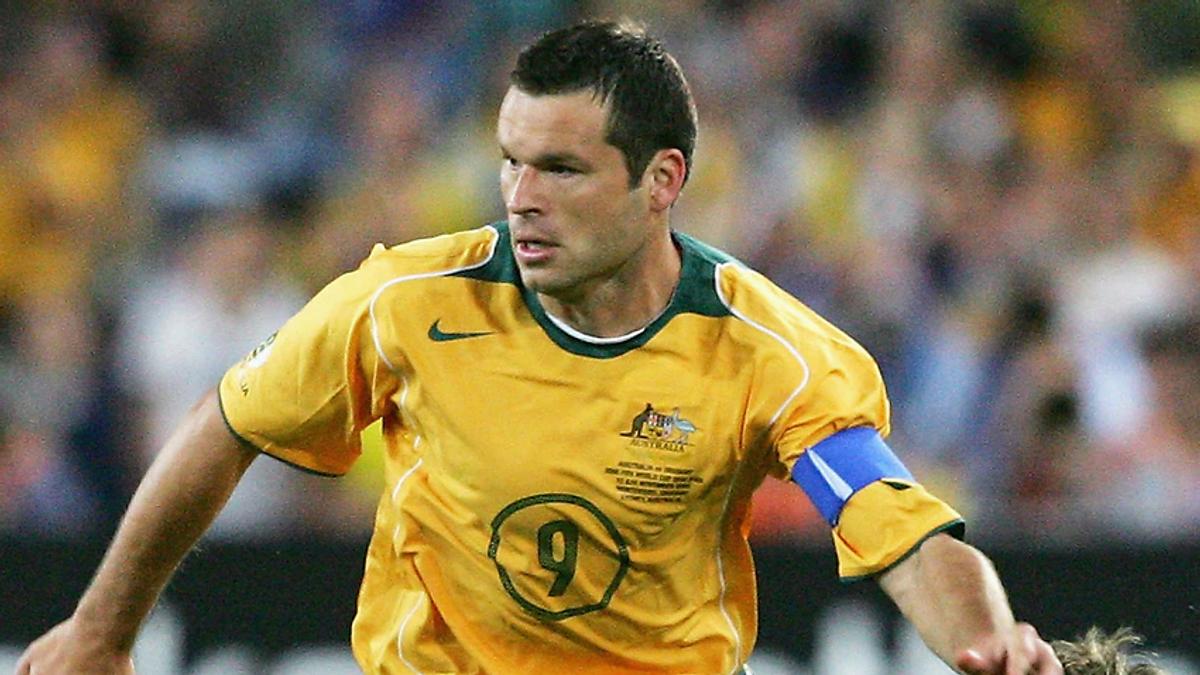Learning from the best - Mark Viduka
Josip Loncaric

Learning from the best - Mark Viduka
Josip Loncaric
With another lockdown setting us back once again this year, we thought that it would be a great time to catch up with Socceroos legend and a true born-and-bred 'Westie', Mark Viduka.
Born in Footscray, raised in St. Albans and Keilor, Viduka is unquestionably the most successful and accomplished Australian player to complete his entire youth football phase in Australia before reaching senior football in the old National Soccer League - which was the precursor to the current A-League.
Now living in Zagreb, Croatia with his wife and three sons, Viduka rarely speaks to the media and he certainly hasn't ever had to reflect on his genesis as a player from birth through to senior football.
Our conversation was relaxed and focused on all of the little things that he did from an early age that led to such wonderful technical skill under pressure in the years that he played in Croatia, Scotland, and most prominently, England. Viduka scored goals against Manchester United, Arsenal and Chelsea playing for Leeds United, Middlesbrough and in his final year of football, Geordie club Newcastle United.


He famously scored four goals from four chances against Liverpool and he remains the most proficient Australian striker to play in the English Premier League, with 92 goals and 28 assists from 240 EPL matches.


Viduka also holds the record for most UEFA Champions League goals and UEFA Cup goals for an Australian, and his proudest achievement was leading the Socceroos to qualification and a last-gasp defeat to eventual 2006 World Cup winners Italy. Viduka proudly captained Australia in Germany 2006 as the Socceroos qualified for the first time in 32 years under his captaincy and to date, it is still the most successful result at the greatest sporting event in the world by the Socceroos.
All of these topics were left out of our conversation with the man affectionately known as the 'V-Bomber' or 'Dukes' because the stories have been told and true football fans know what the top end of his career looked like.
What we wanted to do with this conversation was look at how his obsession with the ball began in his backyard in St. Albans, where he would dribble around his home whilst doing errands for his mother. He spoke with fondness of his first training session at Melbourne Croatia (Knights), where he had the ball taken from him by older players, and, having not experienced this in his backyard, he broke down and cried.
He vowed to come back the following year and not a day went by when he didn't practice his skills on his own or with his father Joseph in the backyard. Mark spoke about playing up a few age groups because his skill level allowed him to until the older boys hit puberty and he saw that he was unable to compete physically.
He went into detail about his formation as a professional player by great coach Ron Smith at the Australian Institute of Sport, where Viduka faced challenges but in his own words, was 'more focused' than many of the other boys.
From daily volleys against his bedroom wall to taking a bag of balls with long-time friend and former Socceroo Josip Skoko into the indoor hall to practice shooting and first touch work, Viduka became single-minded in his pursuit of becoming a professional footballer, after Ron Smith's words in the group's first meeting about the small percentage of players that will make a career from football struck a chord with the quiet, unassuming boy from Keilor.
He explains the high value that he places on mental toughness as the key to being able to reach a high level of football, and how he personally saw many players that lacked in that area and inevitably were unable to remain competitive in the game.
He finished our conversation with a message to parents to let their children enjoy the game and support them without adding pressure because the game will bring its own pressure as the end of juniors culminates with a culling of those that are not completely dedicated to their craft.
(Find the full interview on page 8 of this newsletter)